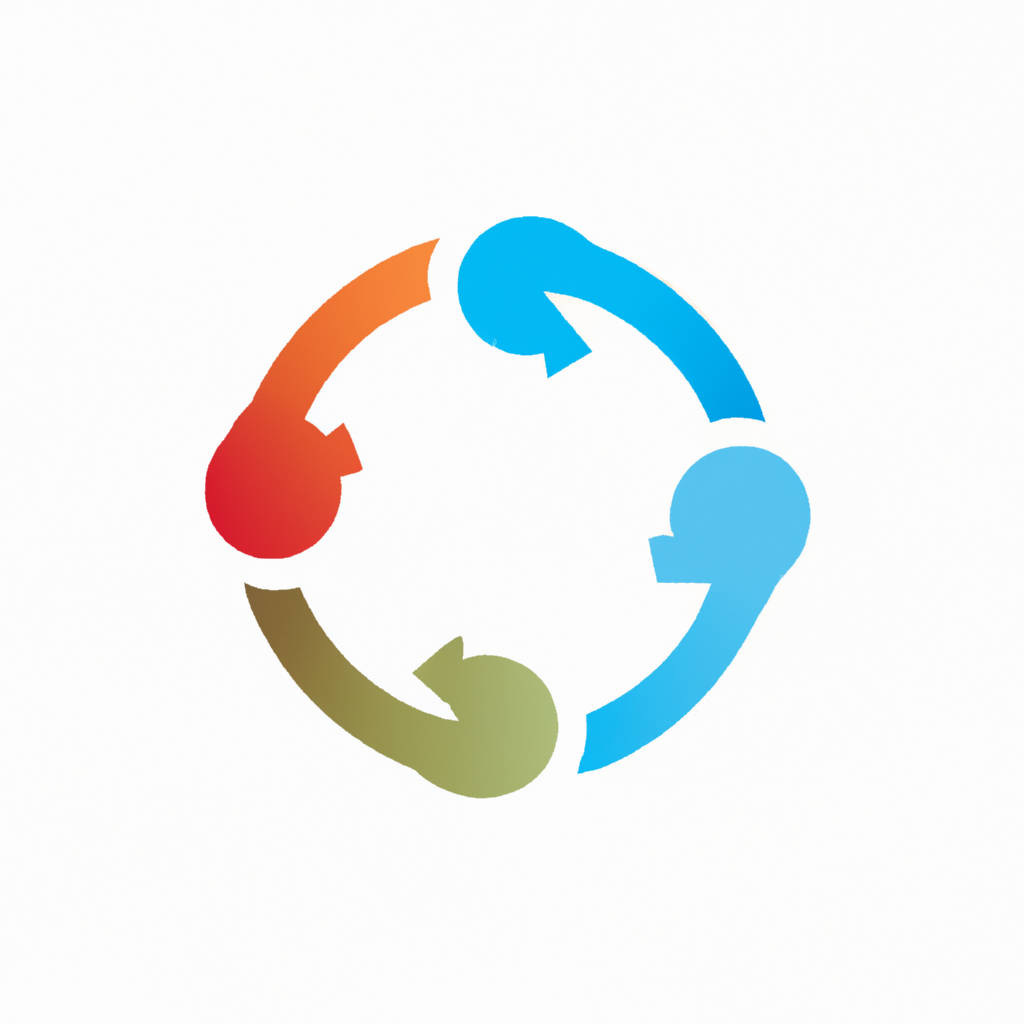Surfthechannel was a popular website that provided users with a comprehensive index of online video streams, functioning as a hub for individuals desiring to watch television shows, movies, and other forms of digital entertainment. It operated by aggregating links from various sources across the internet, effectively serving as a central resource for viewers who wanted to find specific content without having to scour the web.
Despite its popularity, Surfthechannel drew a significant amount of controversy over its lifetime due to its operations. Critics argued that the website was involved in copyright infringement by providing access to copyrighted material without the necessary permissions from content owners. This led to several legal challenges that ultimately resulted in the shutdown of the website. Surfthechannel’s rise and fall serves as an important case study in the ongoing debates surrounding digital content distribution, copyright, and the internet.
Information from Wikipedia, the Free Encyclopedia
Wikipedia, the Free Encyclopedia, is a web-based, multilingual, open-content platform that offers free access to a plethora of information on an array of topics. It is a result of collective intelligence where volunteers from around the globe have contributed their knowledge to create a comprehensive and widely utilized information bank. Wikipedia, due to its collaborative nature, has become an invaluable resource for many researchers, students, and curious minds who seek to gain an understanding of a broad range of topics.
Wikipedia’s accessibility and inclusivity make it a unique source of knowledge. It accommodates an enormous range of subjects, from history and science to culture and technology. The information is often presented in an easy-to-understand language, making it user-friendly even for those not familiar with the topic. The hyperlinked structure allows readers to navigate through related topics seamlessly, thereby enhancing their learning process.
However, Wikipedia’s open-editing feature also presents certain challenges. It can be a double-edged sword, giving room to both enriching contributions and potential misinformation. Therefore, it is critical for users to cross-verify the information presented on the platform with other reliable sources. Despite these challenges, Wikipedia’s community of editors works tirelessly to ensure the quality and accuracy of the information, continuously updating and revising the content.
Over time, Wikipedia has evolved beyond being a mere encyclopedia. It now fosters a community of contributors and learners who engage in discussions, debates, and collaborative problem-solving. Its talk pages serve as platforms for intellectual exchanges where contributors can discuss edits or propose improvements for articles.
In essence, Wikipedia, the Free Encyclopedia, is not just a source of information but also a space for shared knowledge and collaborative learning. Its existence is a testament to the power of collective intelligence and the potential of the digital age. It has fundamentally transformed how we seek, consume, and share information.

Initial Partnerships and Collaborations
Initial partnerships and collaborations are essential elements within the business world, serving as the cornerstone for many successful ventures. These strategic alliances can bring forth a myriad of benefits including resource sharing, risk mitigation, knowledge exchange, and access to wider markets. It begins with identifying a potential partner whose values, objectives, and operational style align with yours. This initial alignment is critical as it lays the foundation for a harmonious working relationship.
Once a suitable partner is found, the next step involves establishing clear terms of collaboration. This often includes defining the objectives of the partnership, roles and responsibilities of each party, sharing of resources, and conflict resolution mechanisms. It’s important to ensure that all parties involved understand and agree to these terms to avoid potential confusion or disputes down the line.
Furthermore, effective communication is key during this initial phase. Regular meetings, open dialogue, and transparency can foster trust and mutual respect, which are vital for a successful partnership. It’s crucial to keep in mind that collaboration is a two-way street; thus, flexibility and willingness to compromise are necessary to adapt to changes and unexpected circumstances.
The process of establishing initial partnerships and collaborations may seem daunting at first, but with careful planning, clear communication, and mutual respect, these alliances have the potential to propel businesses to new heights of success. Whether it’s between small businesses or multinational corporations, these partnerships and collaborations often serve as catalysts for innovation, growth, and prosperity in the business realm.
Platform Features and Offerings
Platform features and offerings are integral elements that determine the efficiency, user-friendly nature, and effectiveness of an online platform. These features range from the fundamental to the sophisticated, each designed to enhance user experience, improve productivity, and foster seamless interaction with the platform. A platform’s offerings refer to the range of services or products provided to the users, which often define the platform’s primary purpose. For instance, social media platforms offer features such as sharing content, instant messaging, and live streaming, while e-commerce platforms provide features for product listing, secure payment systems, and customer reviews.
The sophistication of platform features often serves as a competitive advantage, setting a platform apart from its rivals. For instance, unique features such as advanced search algorithms, personalized recommendations, or high-level data encryption can make a platform stand out in a crowded market. In addition, platforms often innovate and introduce new features to adapt to changing user needs and technological advancements.
On the other hand, platform offerings determine the platform’s value proposition to its users. It is crucial that these offerings align with user expectations and needs. For instance, a cloud storage platform’s offerings might include varying storage capacities, file sharing capabilities, and collaborative tools.
In essence, platform features and offerings are critical drivers of user engagement, satisfaction, and loyalty. They not only define the platform’s usability but also its appeal to users. Hence, platform operators must continuously evolve and refine their features and offerings to ensure they remain relevant and competitive in the digital landscape.

User Experience and Accessibility
User Experience (UX) and Accessibility are crucial factors in the design and development of digital interfaces such as websites and applications. Both elements play a significant role in ensuring that digital platforms are not only appealing and intuitive to use, but also accessible to all individuals, regardless of their abilities or disabilities. User experience primarily focuses on designing products that provide meaningful and relevant experiences to users, making interactions smooth, efficient, and satisfying. On the other hand, accessibility is about designing these same products in a way that doesn’t exclude users with disabilities, ensuring that everyone can use and benefit from them.
In today’s digital world, the importance of UX and accessibility cannot be overstated. They serve as the backbone of inclusive design, making it possible for everyone to interact with, understand, and enjoy digital products. A digital platform that delivers an exceptional UX and is highly accessible not only broadens its potential user base but also enhances the satisfaction and loyalty of its users.
Creating an accessible user experience involves several considerations. The design should be simple and intuitive, allowing users to easily navigate and interact with the platform. The use of color, font, and imagery should be carefully considered to ensure it’s readable and understandable to those with visual impairments. Moreover, the platform should be designed to be compatible with assistive technologies such as screen readers.
Despite the clear benefits, the adoption of UX and accessibility is not universal, largely due to misconceptions about its complexity and cost. However, integrating these practices from the early stages of design can save resources in the long run by reducing the need for modifications and adjustments down the line. Additionally, it helps organizations build a positive brand image and reputation, demonstrating their commitment to inclusivity and equal opportunity. In the end, a focus on UX and accessibility is about more than just compliance, it’s about ensuring that everyone has the opportunity to fully engage and interact in the digital world.
Legal and Copyright Issues
Navigating the complex realm of intellectual property rights can be challenging for individuals and businesses alike. This intricate domain encompasses several nuanced aspects such as copyright issues and other legal aspects. Copyright issues, in particular, primarily focus on protecting the originality and exclusivity of an individual’s or entity’s creative work. Any unauthorized use, reproduction, distribution, or modification of copyrighted work is generally considered a breach of these rights.
Copyright protection extends to various forms of creative work, such as books, music, artwork, and software. It provides the original creator with exclusive rights to reproduce, distribute, perform, display, or license their work. This protection ensures that creators are fairly compensated for their work, promoting creativity, innovation, and cultural diversity.
On the flip side, however, it can also limit access to information and resources, particularly in the digital age. The rise of the internet and digital technologies has significantly complicated copyright and other related issues. Digital media can be easily copied and shared, often blurring the lines between fair use and copyright infringement.
The enforcement of copyright rules can be especially challenging in the online space, where information flows freely and rapidly across borders. To address this, many countries have implemented stricter regulations and penalties for online copyright infringement, while also striving to balance the interests of copyright holders and the public.
In a nutshell, understanding and respecting copyright rules is crucial for anyone who creates, uses, or shares creative work. It not only protects the rights and interests of creators but also fosters a healthier and more respectful digital environment. Despite the challenges and controversies surrounding copyright and other related issues, they remain a vital part of our modern society, influencing how we create, share, and consume information and creative content.
